Paying it Forward in Pittsburgh
Minneapolis-based artist and curator Sandra Teitge reports back from Pittsburgh, PA, on the Transformazium and Conflict Kitchen and Carnegie's legacy, in the latest of her occasional dispatches from outposts at the periphery of the art world.
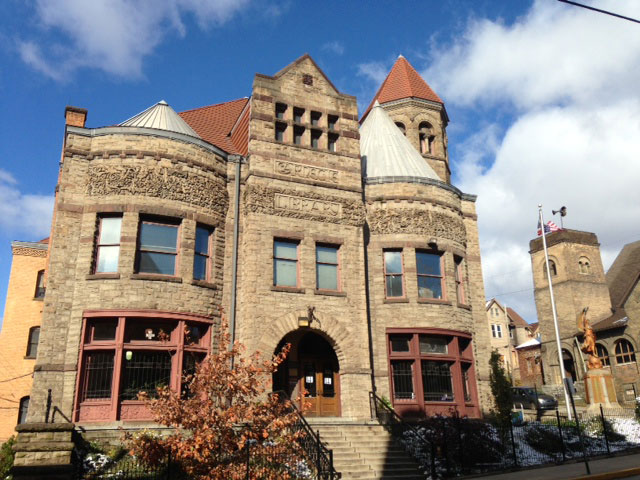
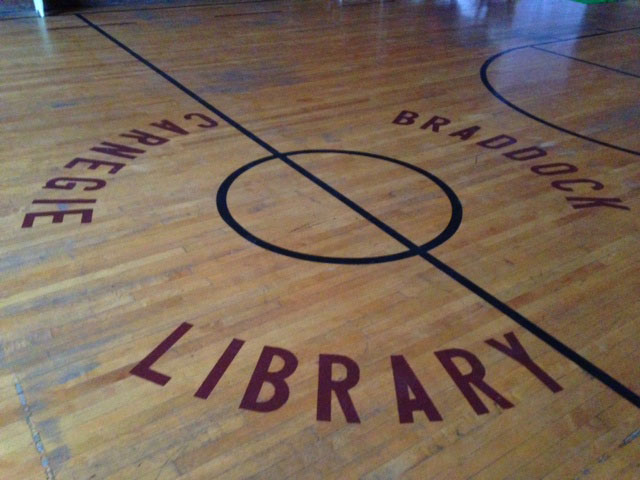
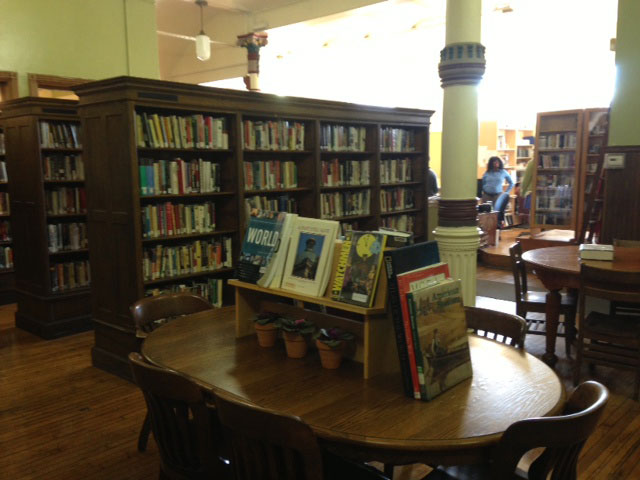
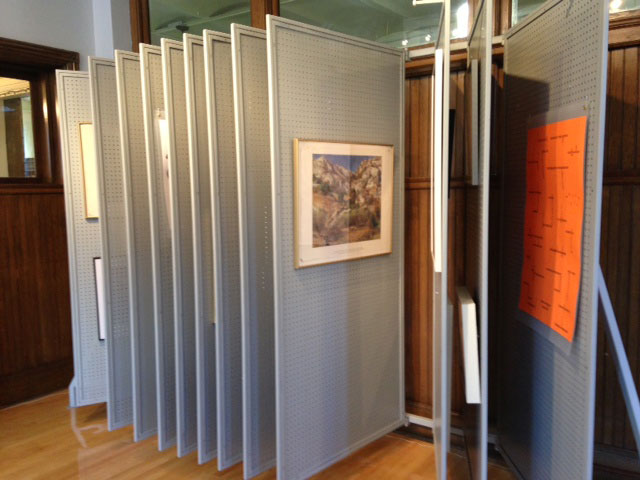
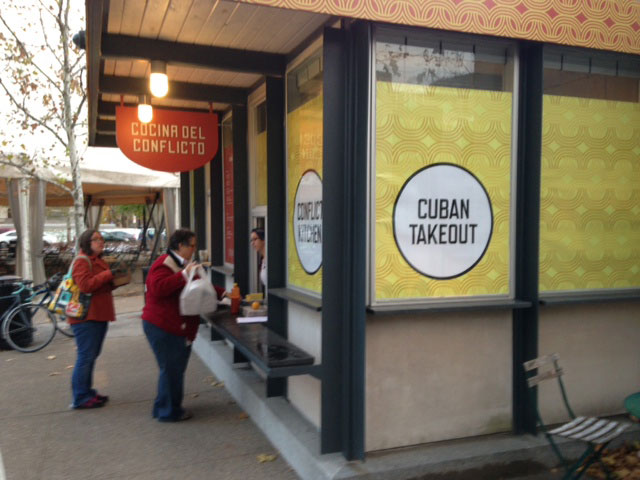
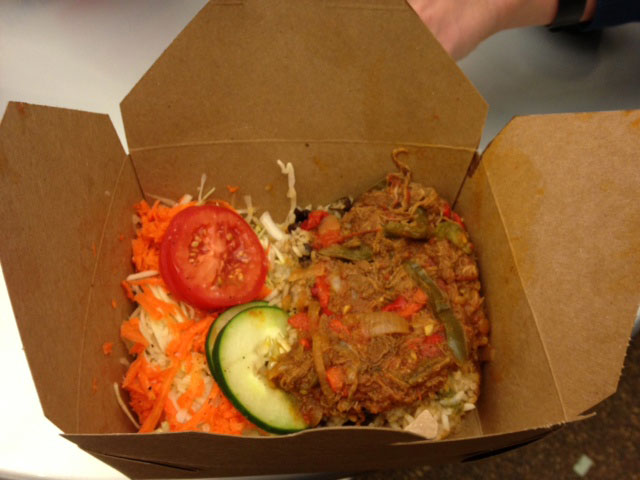
Go to the periphery
Have them celebrate your name
Have them forge you a pedigree and then you’ll be
Left to run the races lame
But if you want
If you think it’s worth it
Go now, with me
—Fiona Apple
Destination: Pittsburgh, Pennsylvania. Across the U.S. from Marfa, Texas, in the northeast of the country, lies the Rust Belt – formerly the Manufacturing Belt, the Factory Belt, or the Steel Belt. As its monikers suggest, this now postindustrial region was once the cornerstone of American mass production. But since the 1960s, in the wake of international free trade agreements facilitating the influx of cheap goods from other, mainly Asian, countries, Pennsylvania has experienced a steep economic decline.
My interest lay, first and foremost, in visiting the Carnegie International, the Venice Biennale’s less recognized U.S. sister exhibition program. Founded in 1896, Carnegie International began only one year after its European counterpart, at the same time art and food circles celebrated the opening of Conflict Kitchen and the sociopolitically-minded artist collective, Transformazium.
I arrive in Pittsburgh on the Greyhound Bus from New York. I chose this means of transportation not only for its unbeatable price (and obvious environmental reasons) but also for the advantage of being able to contemplate the passing scenery, observe its changes and regional idiosyncrasies. Plus, touring the country by bus means I pass by all manner of small, amusingly named American towns I’d not otherwise have occasion to see. From my bus seat, I followed the route on my GPS, discovering in the process Lebanon, Alexandria, Hanover — all three in Pennsylvania, alone. I knew many Germans had immigrated to Pennsylvania, and no wonder: the countryside reveals very a similar character to German land. But Lebanese and Egyptians?
After passing a few more towns with transatlantic-sounding names, my bus arrives in downtown Pittsburgh. I’m picked up by an elderly Jewish lady, Leila, the mother of a friend from Berlin; she lives in Squirrel Hill, the formerly Jewish neighborhood of Pittsburgh where I was invited to spend the night. We drive through an ensemble of graceful office and prominent buildings downtown that reflect the lustrous history of the city. Today, downtown feels empty. Pittsburghers of Leila’s age don’t frequent its shops and restaurants anymore. As in so many other postindustrial cities, inhabitants have moved en masse to the suburbs.
“We continue to have a strong interest in acquiring real estate property in and around downtown Pittsburgh. We think very highly of the market dynamics and we would be interested in furthering our holdings there,” commented Martin Sweeney, vice president of asset management for M&J Wilkow, a Chicago developer, on the recent purchase of the building that houses the Art Institute of Pittsburgh (read more here). The grand buildings in downtown Pittsburgh have attracted many such real estate developers, who sell the sites off to hotel chains and other large companies, which in turn raze and rebuild their own cookie-cutter sites, collectively creating a sort of pan-American city center, indistinguishable from those of other Western cities similarly “redeveloped.”
I spent my two-and-a-half days in Pittsburgh mostly away from downtown, inside the lavish Carnegie Museum of Art, which was then presenting the 2013 Carnegie International, and in front of the museum devouring Cuban food at the Conflict Kitchen. I also stopped in at the Carnegie library of Braddock, a town in the eastern suburbs of Pittsburgh, where Transformazium is housed.
When in Pittsburgh, one cannot escape Carnegie. The Scottish-American industrialist was one of the country’s wealthiest businessmen – albeit one whose success was unarguably coupled with large-scale exploitation of the labor force. He was also a most generous philanthropist, known for his “Gospel of Wealth” essays that promoted the duty of the wealthy to improve the education and sophistication of the poor. His specific focus lay in constructing libraries in socially disadvantaged neighborhoods. To this day, his public libraries cover the entire country. Pittsburgh was the home of Carnegie’s Steel Company, later U.S. Steel, and attracted a large working force to its steel plants, one of which was located in Braddock. After the closing of the mills in the 1980s, Braddock, like other steel-dependent towns fell sharply into economic decline. Drugs and crime flourished, adding to the negative reputation of the town.
The three young women who comprise the artist collective, Transformazium, moved from Brooklyn, New York, to a house in North Braddock and started to work at the original Carnegie Library. Keenly aware of their ambiguous position as privileged white artists entering a financially unstable, predominantly African-American neighborhood, the trio are careful as they navigate their roles in the community. Naturally, after Brooklyn, the town of Braddock is attractively affordable: in terms of the cost of living and work space, but also in available time to develop projects, and an until recently, only sparsely active creative community. In the wake of several articles celebrating them as heroines, uncomfortable with such characterization, the three subsequently avoided the press entirely for a few years. Indeed, their primary interest lies in collaborating with the community, artistically and educationally, in establishing creative youth activities that offer the children of Braddock an alternative to the cycles of crime and violence that have beset the neighborhood in recent years. The Transformazium is about social practice in its purest form, done without the sort of artistic ego that usually gets in the way.
Another recent artist initiative benefits the local community in the most literal sense, by feeding them. Established in 2010 by a pair of artists, the Conflict Kitchen serves traditional meals from countries currently involved in conflicts with the U.S.. Framed by topical discussions and performances, the project aims at overcoming prevailing stereotypes that dominate the relationship between American citizens and individuals hailing form countries like North Korea, Iran, and Venezuela. During my stay, Conflict Kitchen had transformed into Cocina del Conflicto, its Cuban version. Together with Carnegie International curator, Daniel Bauman, I enjoyed a ropa vieja, shredded beef with Cuban salad and, yes, rice and beans. I spent three weeks on the island in 2003 and I have to say, my culinary experience at Pittsburgh’s Conflict Kitchen compared favorably to local food I encountered in Cuba itself.
The topical focus and unique execution of the project are both compelling, but I was equally intrigued with Conflict Kitchen’s transparent business model. They don’t shy away from the profit-minded aspects of the project, as you might expect social artist collectives to do; they’ve proudly turned the Kitchen into a self-sustaining, going concern. And why not generate an income as a socially aware artist? Because, let’s face it, very few of us artists, curators, and writers are.
I left the city inspired, motivated, and reassured the various ways artist projects might embody and enact a sense of civic and community responsibility. Frankly, New York and L.A. can both learn a lesson from Pittsburgh.
______________________________________________________
Sandra Teitge organizes discursive events and exhibitions in the realm of contemporary art and is passionate about food. Most recently, Sandra co-curated the Pavilion of Georgia at the 55th Biennale di Venezia (curator: Joanna Warsza). Previously, she worked in the artistic office of the 7th Berlin Biennale for Contemporary Art after a few years of gaining experience in commercial art galleries and private collections. Sandra regularly writes for a number of magazines and zines and was a contributor to the publication Metropolitan Views II. Art Scenes in Berlin 1989-2009. She studied Art & Visual History (MA) in Berlin and Media Studies and French (BA) at the University of Sussex in Brighton, UK, and at the Nouvelle Sorbonne in Paris, France. Sandra is one of the initiators of the mobile exhibition series MASA BERLIN, the residency F.D.13 and co-runs the food organization Dinner Exchange Berlin.